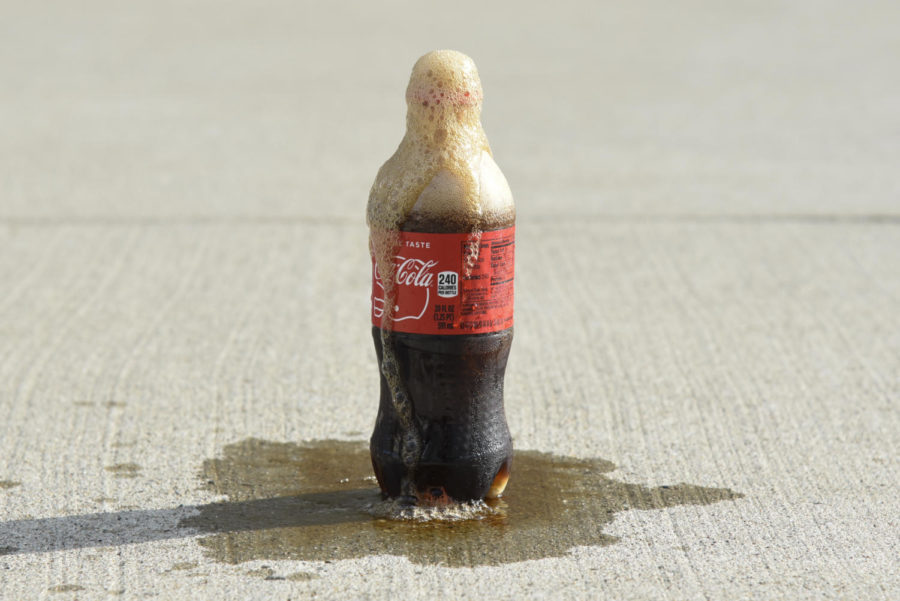Tabloids and mainstream press should honor Diana
September 3, 1997
The death of Diana, the Princess of Wales, sparked a few tabloid editors to quickly announce over the weekend that they will not accept photos of the crash scene.
This is a statement, I believe, that would not have been made if the media’s role in the accident hadn’t been criticized, especially the paparazzi.
However, tabloids aren’t the only publications with a history of published sensational photos, some of which are grainy or poorly cropped images joined together.
Newspapers and magazines have also been criticized for publishing photographs that have made the public take a second look.
In 1986, The (Bakersfield) Californian published a photo of a family in an emotional breakdown immediately after identifying a drowning victim as their young son and brother.
The victim’s father was pictured crying over his son, who was covered in a body- bag.
The editor of the paper later said he wished that photo hadn’t run.
No one should have their last moments documented by such a horrific image.
However, striking photos in newspapers and reputable magazine publications are rarely printed for just the sake of sensational coverage.
Usually, photos printed of the sick, dead, dying or injured are done in good taste and with a written context that gives a story or issue a visual human dimension.
For example, Life magazine published a photo of a soldier during World War II holding in his arms a dying baby, who he found in a jungle.
It was a side shot, but was along the same parallels as the famous photo of a fireman holding a dead baby shortly after the Oklahoma City bombing.
The Alberquerque Times published photos in 1987 of a severely burned girl. They were accompanied by a story about how she was coping after a tragic accident.
Another striking photo won a Pulitzer Prize in 1969. It was of a Viet Cong officer being shot with a single bullet to the head by a South Vietnamese police chief.
A photo of a similar action in 1963 was taken of nightclub owner Jack Ruby shooting President John F. Kennedy’s assassin, Lee Harvey Oswald.
These photos obviously received much scrutiny for their publication.
But publishing photos of the dead were acceptable long before the 1960s, especially war photos.
A photo of a Union sharpshooter slain at his post was taken in July 1863 after the Battle of Gettysburg, as were several other such photos of dead soldiers during the Civil War.
The government banned publication of dead Americans until President Franklin D. Roosevelt decided it should be allowed so Americans understand the hardships of war. It was a decision that became accepted over time.
However, it isn’t something that should be abused.
Editors today decide whether photos should be published strictly based on their news value.
A 1993 photo from Bosnia showed people surrounding a dead U.S. soldier and got much play in Time and Newsweek magazines.
“It’s a dead body, but it’s still important,” said Michael Faas, a former Daily photo editor, on the Bosnia photo.
“I do think it’s in bad taste, but I don’t think it’s not ethical. There’s nothing unethical about printing the truth. But [graphic photos] should be used sparingly.”
Not publishing photos of Princess Diana’s accident would be a wise decision on the part of all publications, not just for tabloids.
However, whether tabloids keep their word about not publishing them remains to be seen.
The images that were supposedly captured on film of her severely injured body trapped in that smashed Mercedes Benz is not how people want to forever remember her.
Television footage has already showed us the end result of the vehicle.
As far as how it got that way is best left to our imaginations.
Shuva Rahim is a senior in journalism and mass communication and sociology from Davenport.






